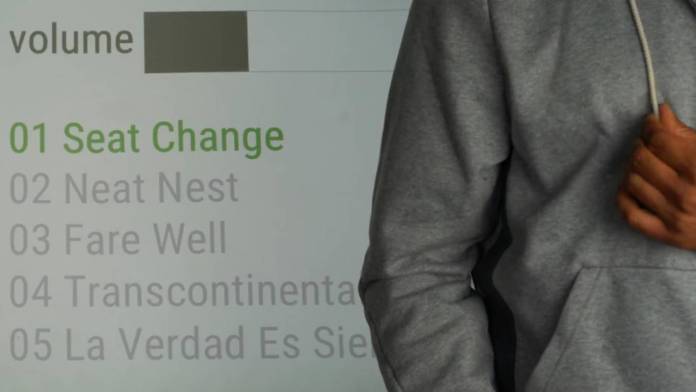
Weaving touch controls right into the garments to control mobile devices sounds futuristic but the tech has already made it past the drawing board. Many prototypes in recent times have experimented with this application of wearable technology and now Google is finding new ways to put it to practical use.
The AI research team at Google has developed the e-textile prototype which in the future could land on the string of your hoodies. This will let you toggle the volume, play/pause or have many other inputs depending on the intended action. For example, twisting, flicking, grabbing, patting or pinching the string will perform the input for the connected application. All this is done without compromising the aesthetics or industrial design possibilities, making it a practical approach.
How e-textile technology works
The e-textile architecture has electronics blended with the fabric using age-old techniques of textile braiding. There are eight threads weaved in the smart cord which generate electrical pulses. When this electric field is disrupted by the touch of fingers, the ultra-sensitive sensors measure the sense proximity, the amount of area in contact, pressure applied and the time for which it is done.
Alex Olwal, research scientist at Google Research said, “Advances in materials and flexible electronics have enabled the incorporation of sensing and display into soft form factors, such as jackets, dresses, and blankets.”
Still in prototype stage but it’s the future

The research team experimented with the technology choosing 12 participants for the drill. A total of 864 gesture samples were fed to the algorithm of the model which uses machine learning. At the end of the experiment, the algorithm was able to recognize gestures with 94 percent accuracy.
To make things interesting for the wearer, the cord has fiber optics that produce visual feedback for more control of the gesture-based actions. Other applications for this technology that can be explored in the future include e-textile USB-C earphones. Let us know what you think about this new inventive idea in the comments section below.









